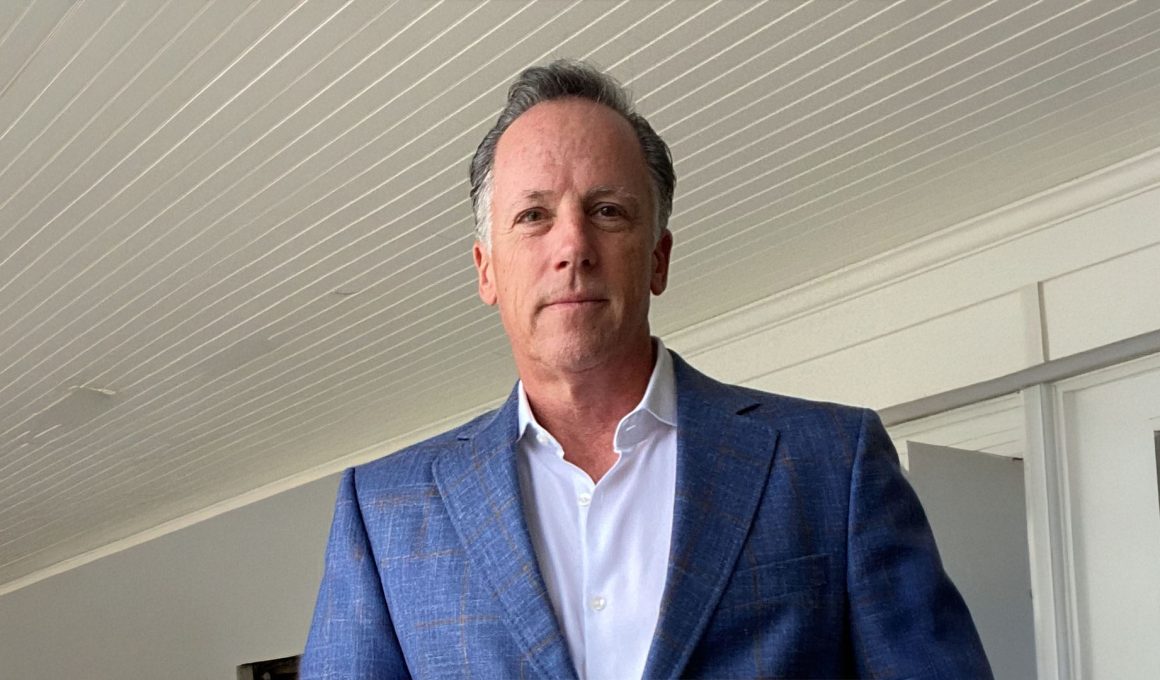Legacy retail brands are struggling to stay relevant as consumer behaviors shift rapidly and digital transformation accelerates. Many established retailers find themselves caught between outdated business models and modern market demands. Rich McMahon brings over two decades of hands-on experience helping these heritage brands navigate successful turnarounds. His approach combines deep retail expertise with practical strategies that address the unique challenges facing traditional retailers in an increasingly competitive marketplace.
Drawing Lessons from Retail Growth
Rich’s perspective comes from years of hands-on retail work, not just consulting theory. His most notable achievement was leading 12x growth at Bed Bath & Beyond across multiple divisions. “Over the two decades that I spent leading 12x growth at Bed Bath and Beyond across multiple divisions, both through organic growth and through acquisition, we were able to really evaluate and look at where a business is operating well, where there are opportunities for improvements, how to build on the strengths and then how to address the weaknesses,” he explains. This experience taught him to spot what’s working and what isn’t in retail operations.
Before that growth phase, Rich spent time as a consulting partner helping turn around retailers and consumer brands. This combination of operating and consulting experience gives him a unique view into why some retailers succeed while others fail.
Identifying Core Retail Challenges
Most heritage brands face similar problems, though the specific issues vary by company. Product relevance often sits at the heart of the trouble. “It could be whether or not their product or product assortment is still relevant. It could be whether or not they’re using outdated systems and technology capabilities,” Rich notes. Technology gaps create particular challenges as consumer behavior shifts toward e-commerce, mobile shopping, and now AI-powered experiences.
Brand image poses another major hurdle. “You look at some of the larger retailers that are struggling out there now that are long legacy brands. When you let your brand atrophy for long periods of time, it’s not easy to change the brand image in the consumers minds,” he points out. Some retailers built strong reputations decades ago but haven’t kept pace with changing customer expectations. The fundamental disconnect often comes down to how people shop now versus how these retailers still operate. Shopping behaviors have evolved dramatically, but many established retailers haven’t adapted their approach accordingly.
Implementing Proven Retail Strategies
Rich’s turnaround strategy focuses on three key areas that address the most critical problems. First comes understanding product-market fit and whether current merchandising still resonates. “You have to be able to get in and start to understand how your customers are interacting with the products that you’re offering and whether or not the merchandising, your visual merchandising strategies, both physically in stores and online, and whether that’s still resonating with the customer,” he explains. This means digging into customer data, reviews, and feedback from store associates who interact with shoppers daily.
The second area involves omnichannel and digital transformation. Modern customers expect to engage with brands wherever, however and whenever they want. “Again, it’s really about, as I said before, meeting customers where they are,” Rich emphasizes. This includes everything from buy online, pickup in store capabilities to interactive apps and digital touchpoints within physical stores. Leadership and organizational change rounds out his approach. “Do you have the right team in place? Is the right leadership there that can articulate a vision for the business?” he asks. Successful turnarounds require leaders who understand current market realities and can develop strategies that actually deliver on customer promises.
Handling Constant Disruption
Current market pressures like tariffs, AI integration, and changing consumer values aren’t unique challenges. Rich sees them as part of retail’s ongoing evolution. “I don’t think it’s a change. I think it’s the same challenge that retailers and consumer brands have always been faced with, which is how do you continue to evolve as your consumer evolves and as the marketplace evolves,” he explains. Smart retailers use uncertain times as opportunities rather than reasons to freeze up. “Those that I think have been most successful have capitalized on these types of opportunities and said, hey, when others are unwilling to risk, I’m willing to take smart risks to move my business forward and gain market share and grow my business,” Rich observes.
Through cda Ventures, Rich applies his retail experience to help brands navigate transformations. The boutique firm works with retailers, consumer brands, and consumer tech companies on growth and turnaround strategies. “We work with a variety of players, really helping them shape their “go to market” philosophy about their products or services fit? Do we have the right products, the right product assortment?” he explains. The firm’s goal stays simple: measurable improvement. As Rich puts it, “The objective is to get 1% better every day.”
Connect with Rich McMahon on LinkedIn to gain more insights into transforming retail operations.








